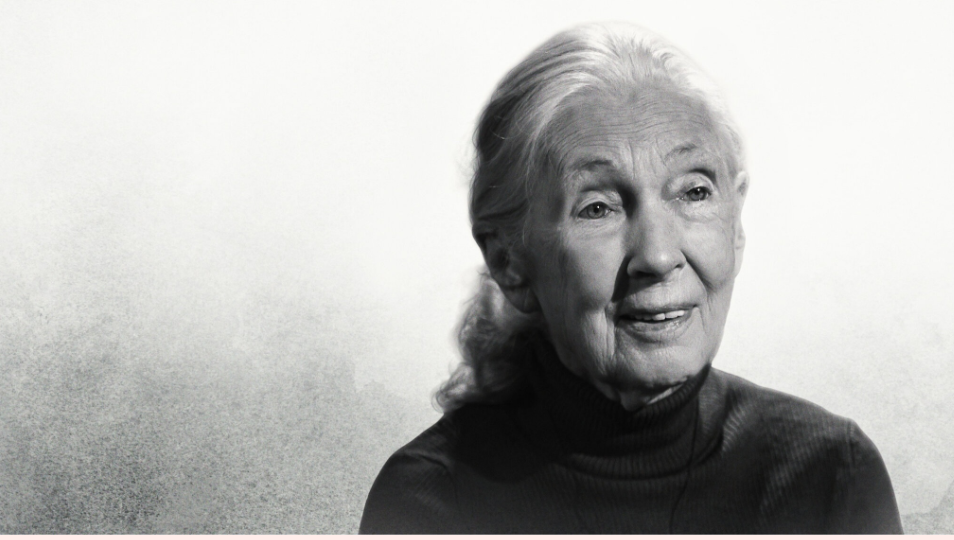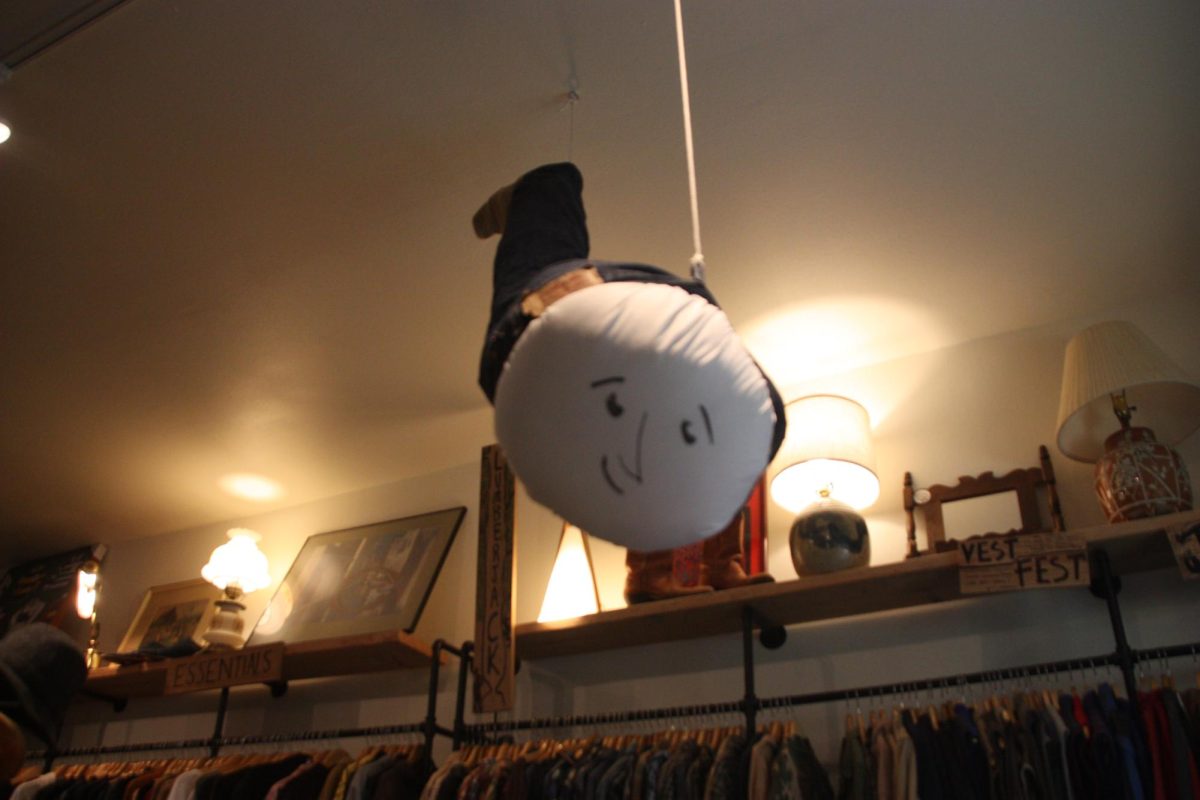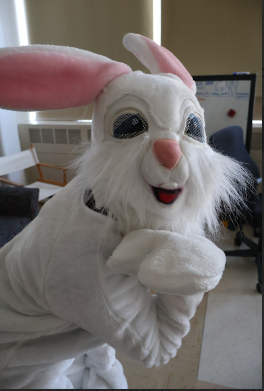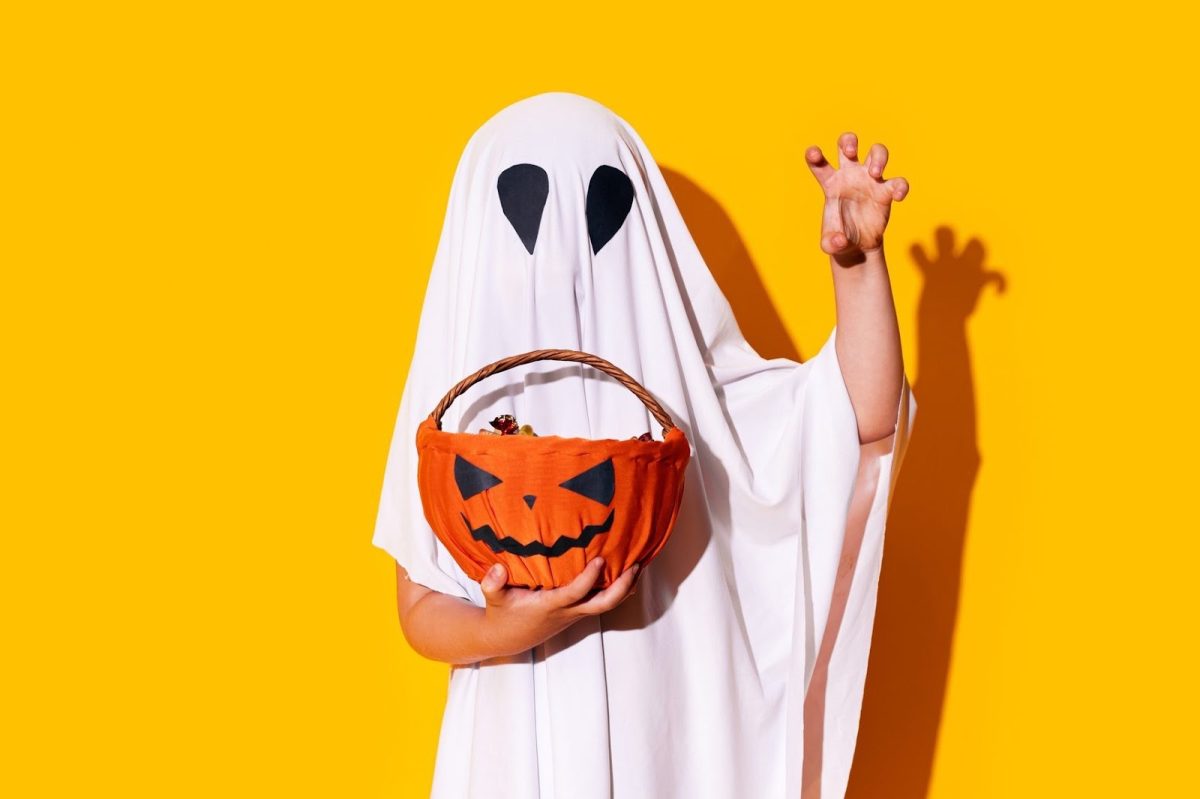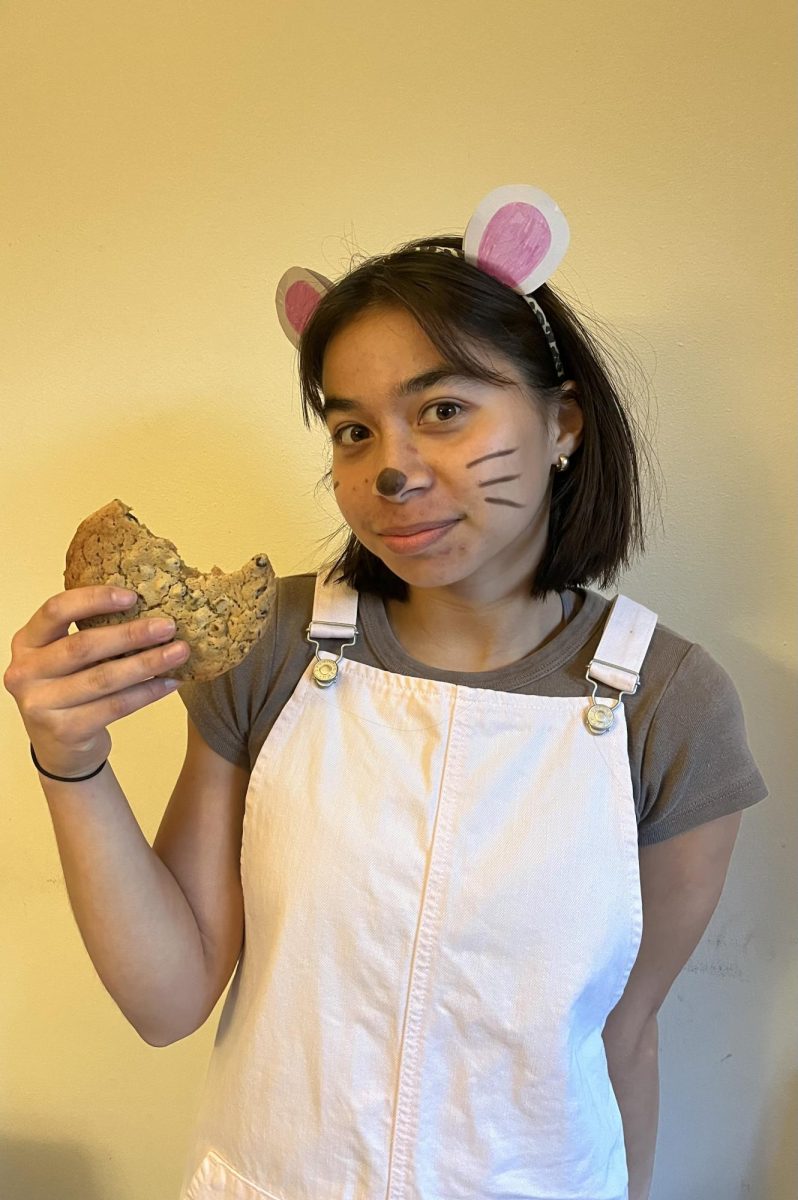The Pumpkin Spice Latte is a well-known drink and social phenomenon that has become the face of the fall season. Since the drink’s release, companies have released hundreds of products relating to the fall favorite, as well as using it as a marketing tool to please the populous. Opinions around the flavor range from infatuation to utter disgust, but regardless of your belief, one can argue that Pumpkin Spice Lattes are one of the most influential consumable products of the modern era.
The origins of the latte started in 2003 when the head product manager of Starbucks, Peter Dukes and his team, set out to formulate a new autumn espresso beverage. In previous years, this same team led by Dukes created several seasonal hits such as the peppermint mocha and the Eggnog latte. After months of experimentation, Dukes and his team settled on a flavor combination that included the flavors commonly associated with pumpkin pie. The idea was to strike the taste and odor recognition memory of the consumers and to remind them of the comforting times of the season.
The name for the fall drink proved to be the harder challenge with many name options such as the “Fall Harvest Latte.” Due to its flavor resemblance to pumpkin pie, the fall beverage has kept the name “pumpkin spice latte” since its release. The pumpkin spice latte was sent to stores in the fall of 2004, the sauce was formulated with a blend of puree of kabocha pumpkins, cinnamon, nutmeg and clove. These flavors were accompanied by espresso, steamed milk and whipped cream, topped with their signature pumpkin pie topping.
Within months, pumpkin spice single-handedly became the most popular seasonal beverage, booting the classic peppermint mocha to second. Soon after, pumpkin spice was one of the most popular scents and flavors across the U.S. thanks to active promotion via social media. This caused companies to utilize this new fall favorite in every way imaginable, from candles to spam and even Pumpkin Spice Latte-scented cat litter.
The Pumpkin Spice Latte took the world by storm and hasn’t stopped since, with new pumpkin spice-inspired drinks at Starbucks such as the Pumpkin Cream Cold Brew and the Iced Pumpkin Cream chai latte. “I will say that it definitely impacts the way of working at Starbucks,” said Starbucks Employee, Amelia Dusevoir. “Basically every order is pumpkin spice and I feel like it does bring more people in. Some of the drinks are kind of more of a nuisance to make such as the pumpkin cream cold brew or there’s pumpkin shaken espresso-but I know that I’m getting paid to make the drinks that people want, so I don’t resent people for liking their pumpkin chai’s.”
Although the Pumpkin Spice Latte is a popular favorite, many find the product overhyped and not very appetizing. “The pumpkin spice itself is wrong. It does not taste like pumpkins, it tastes almost sour. It’s just so off,” said Fatima Azouz, a senior at Ida B. Wells, who described the classic taste as a “flavor that could kill an elephant”.
One might assume that the latte is so popular because of its taste, but the real reason is right under our noses. Our sense of smell has a more direct connection to classic memory regions of the brain, which is why, for example, when you smell chicken noodle soup you are reminded of your childhood. The pumpkin spice latte evokes nostalgia in the consumer by reminding them of earlier times around the autumn months like warmth, comfort food, family gatherings and cool weather.
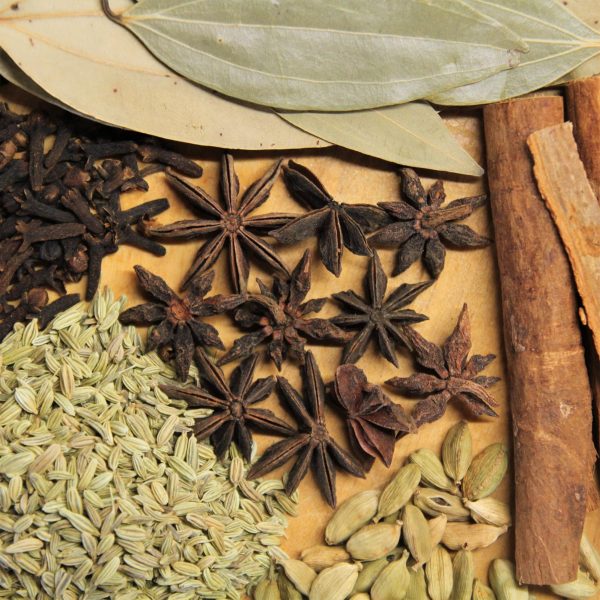
“It was so sweet, it brought me back to when my mother brewed coffee from time to time and always brewed these super amazingly sweet drinks, and it was amazing,” said Isaac Freeman, a freshman at Ida B. Wells. Other aspects of the latte including the creaminess and spice target the sense of touch, stimulating the dopamine receptors in the brain. This causes the consumer to feel joy not only from the taste but the brain’s olfactory memory.
This concept of flavor and scent recognition is also in force when traumatic events happen. “I was out on a walk with my mom who had a pumpkin spice latte,” said Vee Newhall-Craig, a junior at Ida B Wells. “A snake slithered by and just curled up around her ankle and she jumped up and spilled the latte on me. Oh, and I got scalded which was fun, which led me to not like the latte.” Similarly, others have had experiences equally as traumatic, “It was not a great experience,” said Abby Skousen, a junior at Ida B. Wells. “I went to Oaks Park afterward [and] I threw up in a recycling bin.”
Not only did the Pumpkin Spice Latte rock the flavor and product world, but the promotions on social media, caused celebrities and broadcasting companies to jump on the Pumpkin Spice Latte bandwagon. The drink has been named an essential part of the fall season in addition to the classic cable knit sweaters, decorative gourds, scarves, and pumpkin patches. The Onion, a digital media and newspaper company, even created their own fall-themed character to capture the attention of fall lovers. Their “Mr. Autumn Man” is depicted as a man wearing a flannel collared shirt under a sweater, holding a Starbucks cup and standing in a park with tri-colored leaves. Then comes the “mother of fall” herself, Taylor Swift who made a TikTok in 2021 regarding her favorite things about fall including ankle boots, and even the Pumpkin Spice Latte, which received 110 million views on the platform, explaining to people how it’s not shameful to love basic fall things.
The term “Christian Girl Autumn” was started by influencers Caitlin Covington and Emily Gemma, which depicts the style and stereotypical mannerisms of women during fall; curled hair, ankle boots, and chunky scarves and sweaters getting Pumpkin Spice Latte’s at every opportunity. This image is heavily associated with women who enjoy pumpkin spice during the season, typically done derogatorily by pumpkin spice haters. “I think the whole ‘oh of course you are a white girl getting a pumpkin spice latte’ thing is so stupid, calm down,” said Emma Mcqueen, a senior at Ida B. Wells. “It’s a good flavor, everyone likes it, it’s a classic. If you think pumpkin is breaking your fragile masculinity, I think you need to get that checked out.”
Regardless of your stance on the Pumpkin Spice Latte, everyone can agree that it is one of the most influential fall products of the 21st century, and 20 years later, Starbucks is still formulating new renditions.



